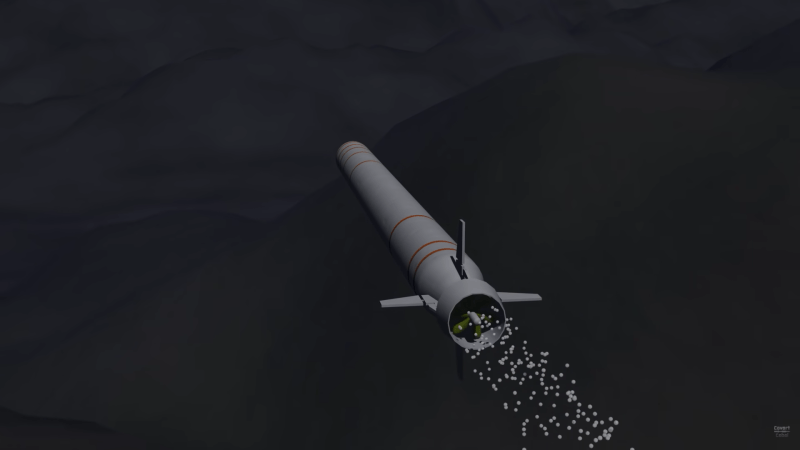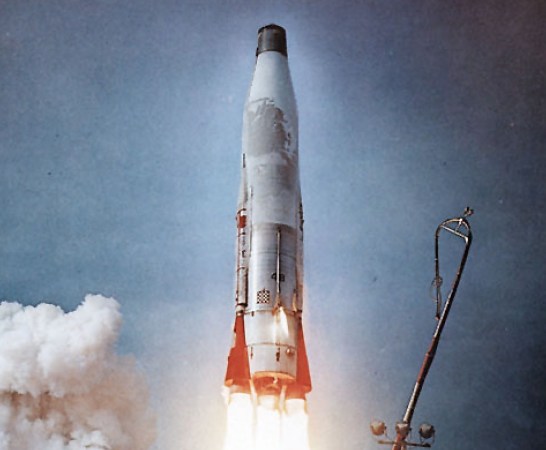Most stories about the Cuban Missile Crisis start with Oct. 16, 1962, when the president and his advisors were briefed on the missile sites on the island. A few start with Oct. 13, when the U-2 flight that photographed the sites took off. U-2 overflights would collect more information during the crisis along with other reconnaissance plans. After collecting all the information, U.S. intelligence agencies believed the Russians had smuggled nearly 10,000 troops onto the island.

But the Russians had actually smuggled over 40,000 troops comprising seven missile regiments, two air defense divisions, a fighter aviation regiment with 40 jets, 23 nuclear-capable bombers, a helicopter squadron with 33 birds, 11 light transport planes, and four mechanized infantry regiments with three nuclear rocket batteries attached.
All of these assets were to employ and defend the 36 to 42 nuclear ballistic missiles, 92 nuclear cruise missiles, and six nuclear bombs deployed to the island. There were also another 24 ballistic missiles that never made it to the island.
How did the Russians get this vast nuclear arsenal 100 miles from America? They packed their men into 100 degree ship holds until some died of the heat and dehydration, cleverly hid missile components in civilian ships, and lied their asses off.
The Russian ruse
First, Russia only let a few people know they were planning it. Soviet Premier Nikita Khrushchev and the General Staff made the decision to place the missiles, and then told only five people — four generals and a colonel. To keep those who knew to a minimum, the colonel hand-wrote all the meeting notes and drafted the proposed plan in longhand.
As preparations got under way, more and more officers had to be brought into the inner circle, but the Soviets limited those who knew the true nature of the mission to just a handful and mislead the others as to the exact nature of the mission.
Many were convinced that the deployment was a training mission near the Bering Sea. The mission, Operation ANADYR was named for a river that flows into the sea. Troops were alerted that they were headed to a cold region and were issued cold weather clothes and skis. Technicians were told the equipment they were preparing were destined for an island in the Arctic where Russia regularly tested nuclear weapons.
“Agricultural experts”
To explain the sudden movement of personnel, ships, and equipment from Russia to Cuba, the Soviet Union announced that they were sending agricultural experts to Cuba. They arrived May 29, 1962, and pulled Raul Castro aside. They explained that they were actual military leaders who needed to speak to Fidel Castro as soon as possible.
The delegation made the initial deal with Fidel Castro to bring the missiles in, and Fidel Castro went in July to finalize the deal.
Within a week, “machine operators,” “irrigation specialists,” and “agricultural specialists” who knew nothing about farming began arriving in Cuba by air. America wasn’t totally blind to this. Intelligence analysts speculated that the new flights were bringing in military officers and signal monitoring equipment onto the island.
Preparing to deploy
The massive movement of supplies and personnel to Russian ports had to be hidden. First, all the troops involved were restricted from mail and telegrams. Shipments were split between four ports on the north of the country and four in the south. Troops waiting to get on the ships were housed in military facilities and not allowed to leave the area for any reason. Ship crews couldn’t leave the ports. Communications with the Defense Ministry were done via courier.
As ships were loaded, only agricultural-type equipment was allowed to be stored above decks. Most military equipment and nearly all of the troops were stationed belowdecks. Large equipment that couldn’t be stored below but was visibly military was camouflaged to be hidden in the ships’ outer structures.

Again, the Americans had some idea that something could be amiss. The type of large-hatch ships being used were sometimes employed to transport cargo, but they were also some of the only ships that could carry ballistic missiles.
Traveling clandestinely
To make sure no one, not even the ship’s captains and military commanders, knew where they were going, each ship was given a route and a thick envelope. Once they reached a point on their initial route, the military commander and a ship captain would open the first layer of the envelope in the presence of a Soviet political officer. Inside would be instructions to head to another point as well as another sealed envelope. Again, the ship would follow the enclosed instructions and open the next sealed envelope.
Eventually of course, there would be an envelope that ordered them to Cuba.

Meanwhile, the crew was suffocating belowdecks. To keep from being spotted by reconnaissance overflights or by people on the coast when near land, the thousands of soldiers were ordered to stay below with all the portholes closed during the day. At night they could take turns walking on deck in small groups. Temperatures in the holds climbed to 120 degrees or higher in the day and some ships faced fresh water shortages. In a few extreme cases, personnel died to maintain secrecy.
Lying
Of course, the Soviets still had to straight-up lie to President John F. Kennedy to pull this off. The small bits of evidence had been piling up for the Americans and a sighting of surface-to-air missiles on Cuba suddenly blew the military buildup into the open.
When the administration confronted the Russians, Russia claimed it was a small defensive buildup and America bought it. Russia also pushed the importance of them training Cuban farmers.
To protect the U-2s, Kennedy ordered the end of flights over Cuba, blinding America to the continuing buildup.
Arrival in Cuba
Once the assets arrived in Cuba, it was nearly impossible to keep people from talking. Russia tries by moving mostly at night, using Spanish on the radio, and minimizing communications. They also destroyed buildings on the route and evacuated areas near the missile sites.
But the locals were still talking about the incoming missiles. To prevent discovery, Russia began leaking false information through as many intelligence channels as they could. Stories ranged from African troops with nose rings landing on the island to underground hangars and concrete domes being constructed. American analysts trying to rule out the erroneous reports discounted news of nuclear weapons.
Discovery
Finally, overflights of the ships going into Cuba revealed the nuclear-capable bombers en route to the island and Kennedy authorized the resumption of flights over Cuba. On Oct. 13, these flights captured images of the nuclear missile sites being emplaced and the Cuban Missile Crisis soon exploded into the open.

Still, the Russian deception continued. They kept America convinced for some time that troop levels were small and America didn’t know about the tactical nuclear weapons that were on the island for years.
(h/t to the CIA report, “Learning from the Past” by James H. Hansen).









